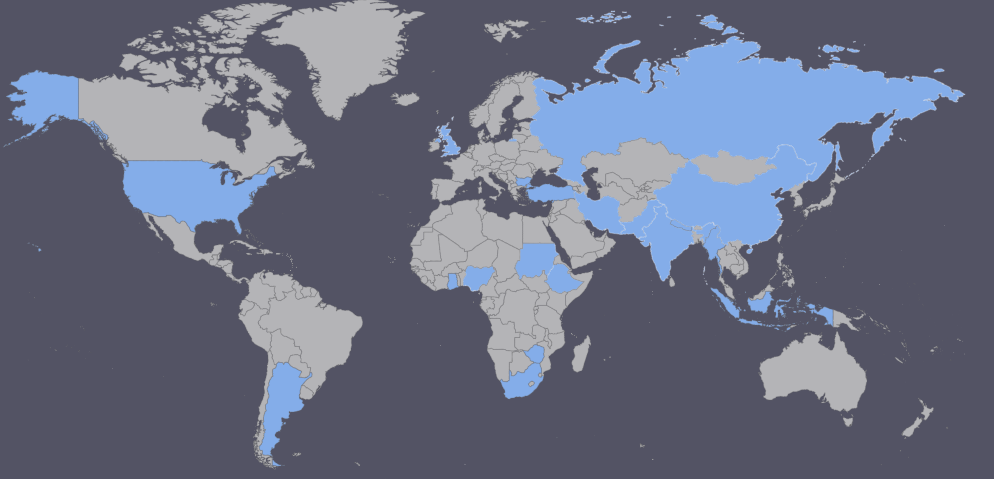Reevaluation of Geothermal Potential of Çubukludağ Graben (Western Anatolia, Turkey)
Keywords:
Çubukludağ Graben, Western Anatolia, Tuzla Fault Zone, High-temperature geothermal field, Geothermal potentialAbstract
This study aims to determine the geometrical, structural features, and geothermal potential of the Çubukludağ Graben. Within the study’s scope, fault-fracture and layer planes were measured at 110 stop points and plotted to the rose diagram and Wulff net. Thus, geological sequence, fault orientations, types and geometries, intersection areas, and lateral and vertical displacements of the faults, tensional-compressional areas, main compression directions, and rotation regions were determined. The geological and morphotectonic maps of the region were prepared. The formation mechanisms of the hanging rhyolite and dacite caps, along with the large-sized tears in the middle and west of the graben, were also explained using those maps. The main tectonic structures and the faulting characteristics of the Tuzla, Deliömer, Gümüldür and Değirmendere Fault Zones that boundary these structures, and the relations between the geological setting and the geothermal system are detailed. In the light of the new field data obtained, a new geological model of the graben has been constructed, and the geothermal potential has been reevaluated.
References
Eşder, T., Şimşek, Ş., 1975. The Geology and Geothermal Possibilities of İzmir (Seferihisar) Area, Çubukludağ Graben, and Their Surroundings. Report of Genel Directorate of Mineral Research and Exploration of Turkey, 190 p (Unpublished and in Turkish).
Genç, Ş.C., Altunkaynak, Ş., Karacık, Z., Yazman, M., Yılmaz, Y., 2001. The Çubukludağ, south of İzmir: its significance in the Neogene geological evolution of the western Anatolia. Geodinamica Acta 14, 45-55.
Ozdemir, A., Karataş, A., Palabiyik, Y., Yaşar, E., Sahinoglu, A., 2020. Oil and gas exploration in Seferihisar Uplift (Western Turkey) containing an operable-size gold deposit: Geochemical evidence for the presence of a working petroleum system.Geomechanics and Geophysics for Geo-Energy and Geo-Resources 6 (1), 30, Doi: 10.1007/s40948-020-00152-2.
Svancara, J., 1983. Approximate method for direct interpretation of gravity anomalies caused by surface three dimensional geologic structures. Geophysics 48 (3), 361-366.
Töpfer, K.D., 1977. Improved technique for rapid interpretation of gravity anomalies caused by two-dimensional sedimentary basins. Journal of Geophysics 43: 645-654 (in Švancara, J., 1983. Approximate method for direct interpretation of gravity anomalies caused by surface three‐dimensional geologic structures. Geophysics 48 (3), 361-366.
Uzel, B., Sözbilir, H., 2008.A first record of a strike-slip basin in Western Anatolia and its tectonic implication: The Cumaovası basin. Turkish Journal of Earth Sciences 17, 559-59.
Downloads
Published
Issue
Section
License
Copyright (c) 2021 Adil Özdemir

This work is licensed under a Creative Commons Attribution-NonCommercial-NoDerivatives 4.0 International License.
The authors keep the copyrights of the published materials with them, but the authors are aggee to give an exclusive license to the publisher that transfers all publishing and commercial exploitation rights to the publisher. The puslisher then shares the content published in this journal under CC BY-NC-ND license.



